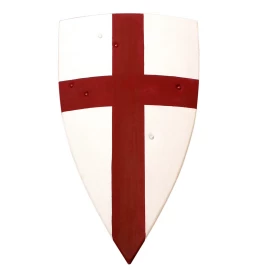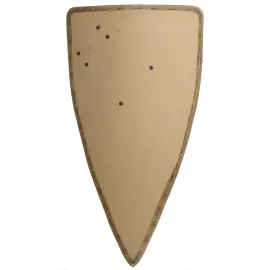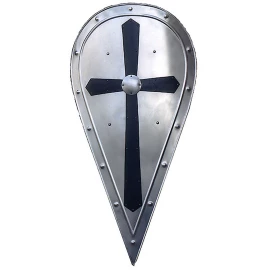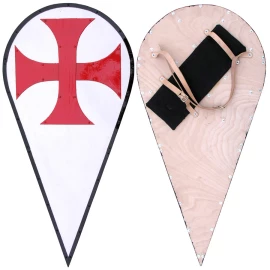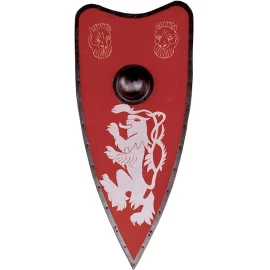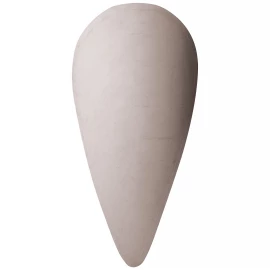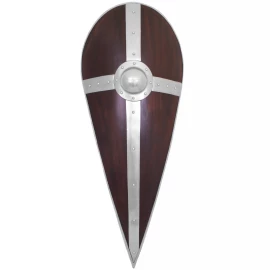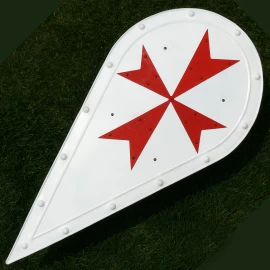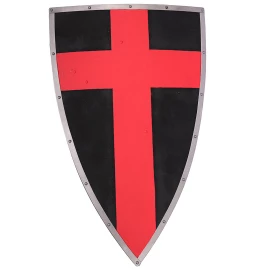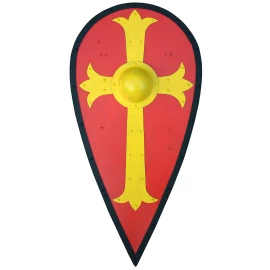Kite shields
A kite shield was a distinct type of shield from the 10th–14th centuries. It was either a reverse teardrop shape or later on, flat-topped. The tapering point extended down to either a distinct or rounded point. Believed to be an evolution of the simple round shield purely to guard one whole flank of a rider when in combat, the shield gained popularity amongst professional soldiers as it allowed them to guard their foreleg when in a mêlée. It was either flat in section, or featured a gradual curve, to better fit the contour of the human torso, much in the style of a scutum. The kite shield is most closely associated with the Normans, who were one of the first cultures to use it widely, and can be seen throughout the Bayeux Tapestry.
Filter products
Filter exactly what you are interested in.
11 items out of 15 found

A Robust Shield Can Deflect the Strongest Blows and Protect Your Life
Brave knights, to arms! Helmet, armour, iron gloves, sharp sword... got everything you need? Not quite. Without a robust shield, you can't deflect powerful blows nor flying arrows. Whether you've pledged your allegiance to Julius Caesar, King Arthur…
Kite shields
The kite shield was an evolution in the development of shields, representing a change in the popular circular shape which had been dominant in Europe since at least 500 AD. The shield was still in widespread use throughout the 12th century, and is illustrated in art such as on the small Carlton-in-Lindrick knight figurine, but began to be phased out at the end of that century, and had largely disappeared by the 14th century as limb armour became more efficient, and therefore less leg cover was required of shields. Modifications to the kite shield occurred gradually, the top first being truncated, then the tail shortened and the resultant smaller shield that developed is referred to as a heater shield.

